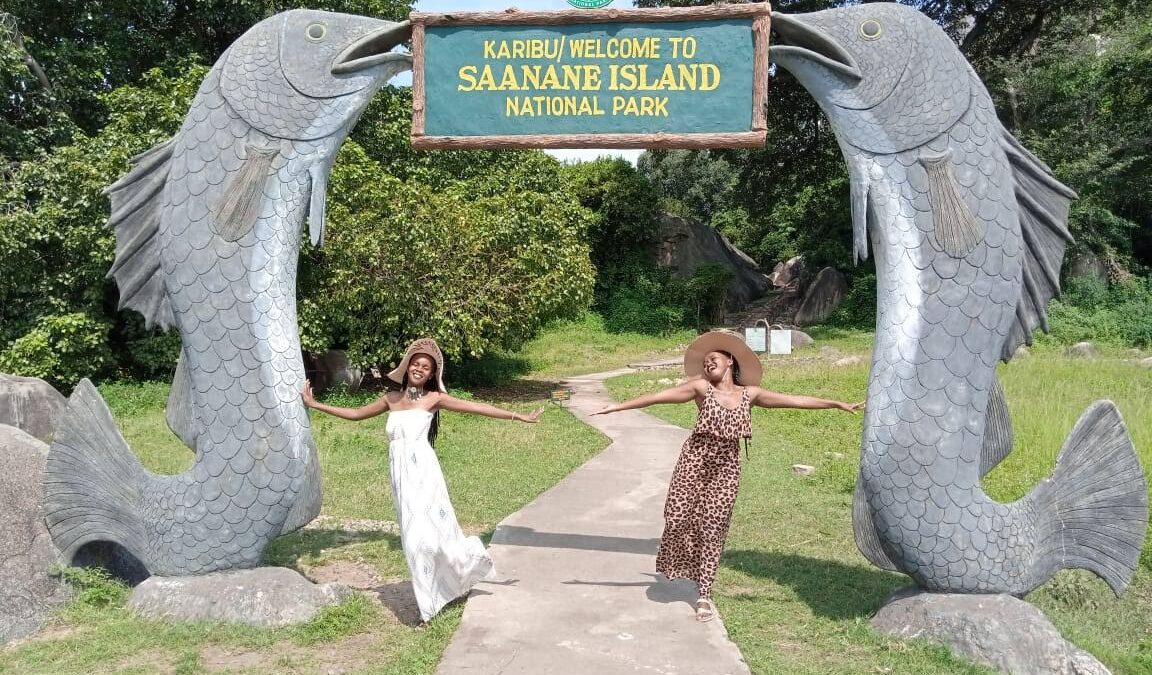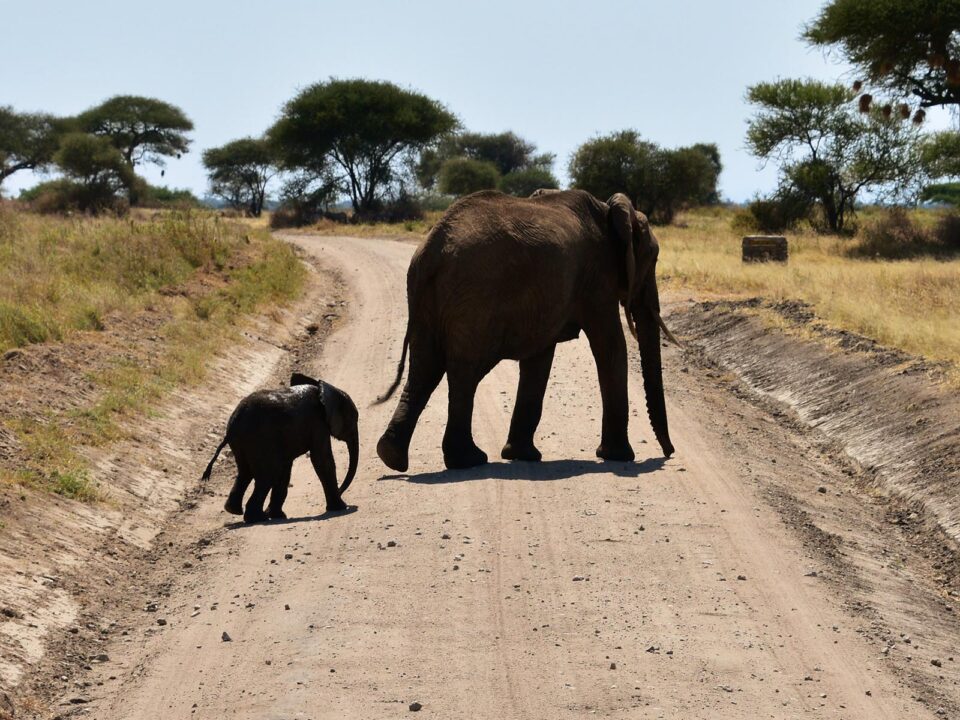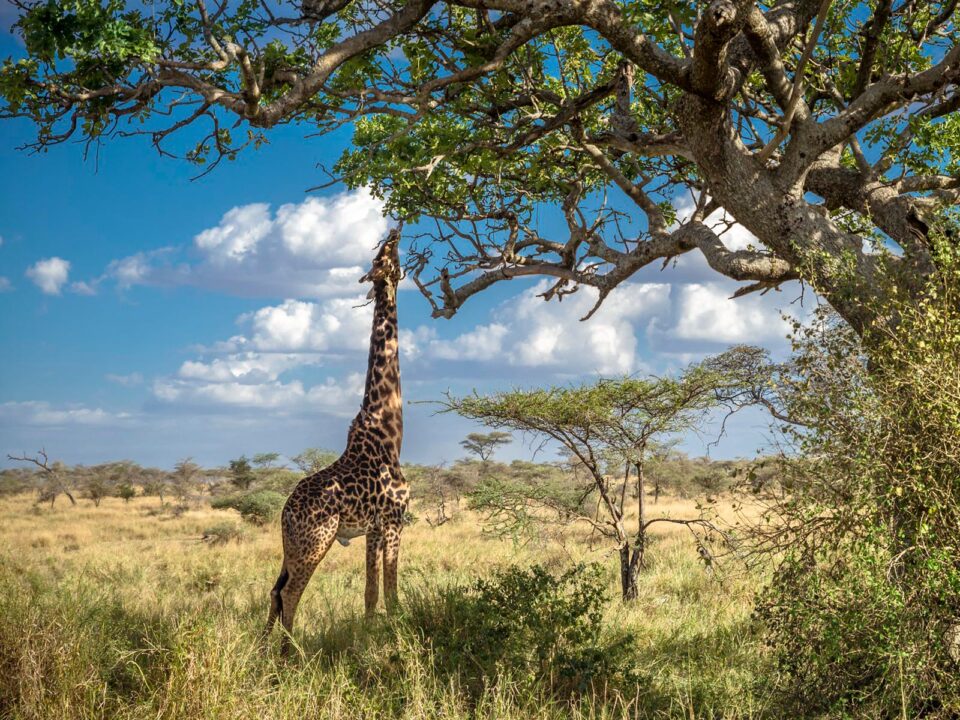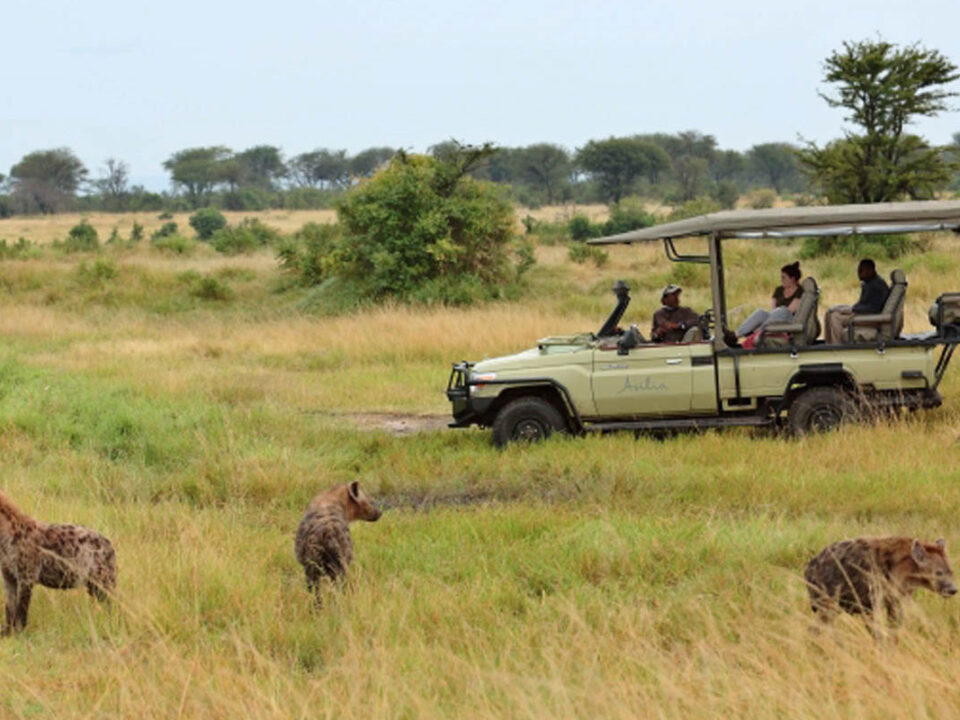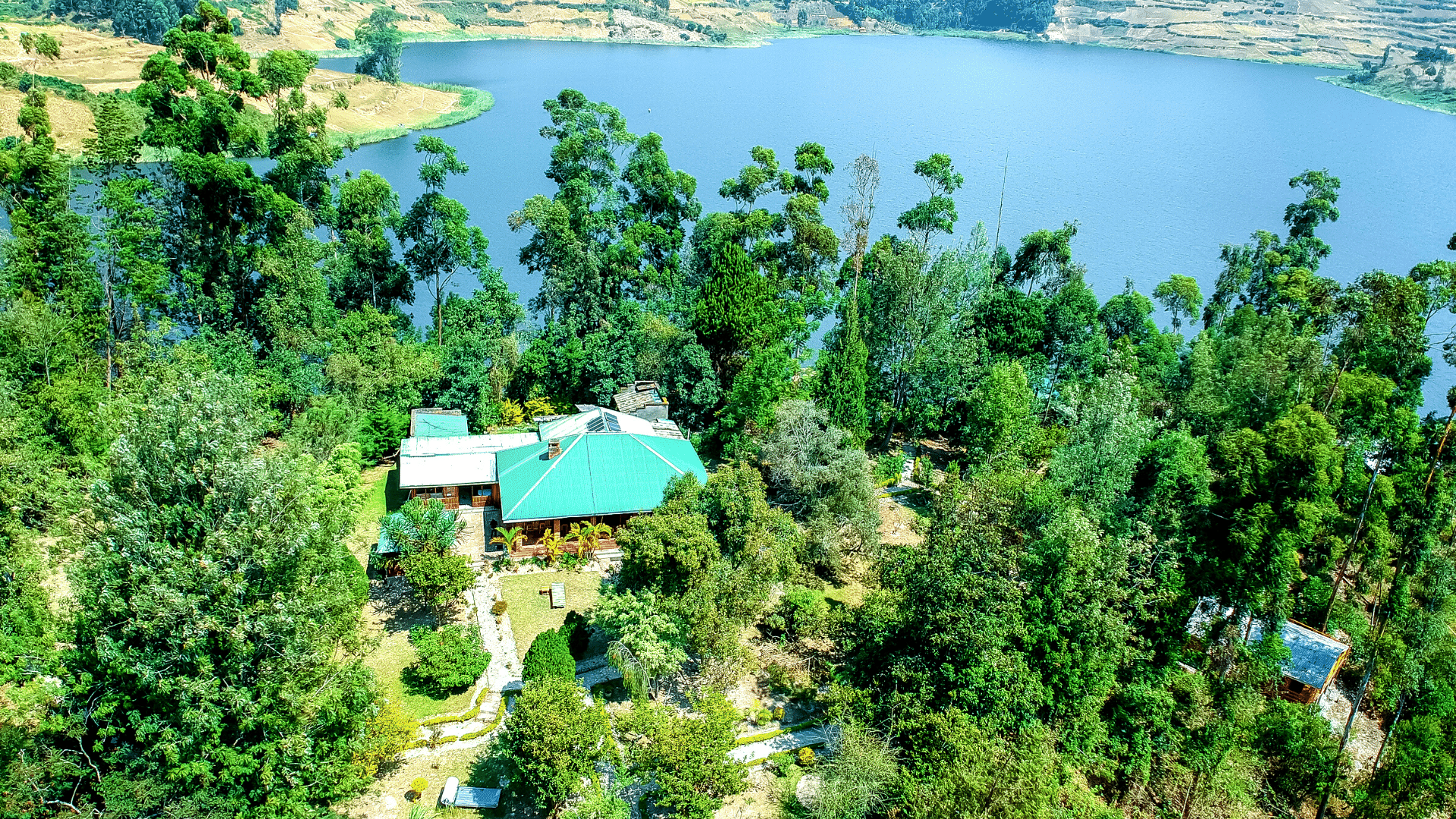
Heritage Lodge in Lake bunyonyi, Kabale
November 29, 2023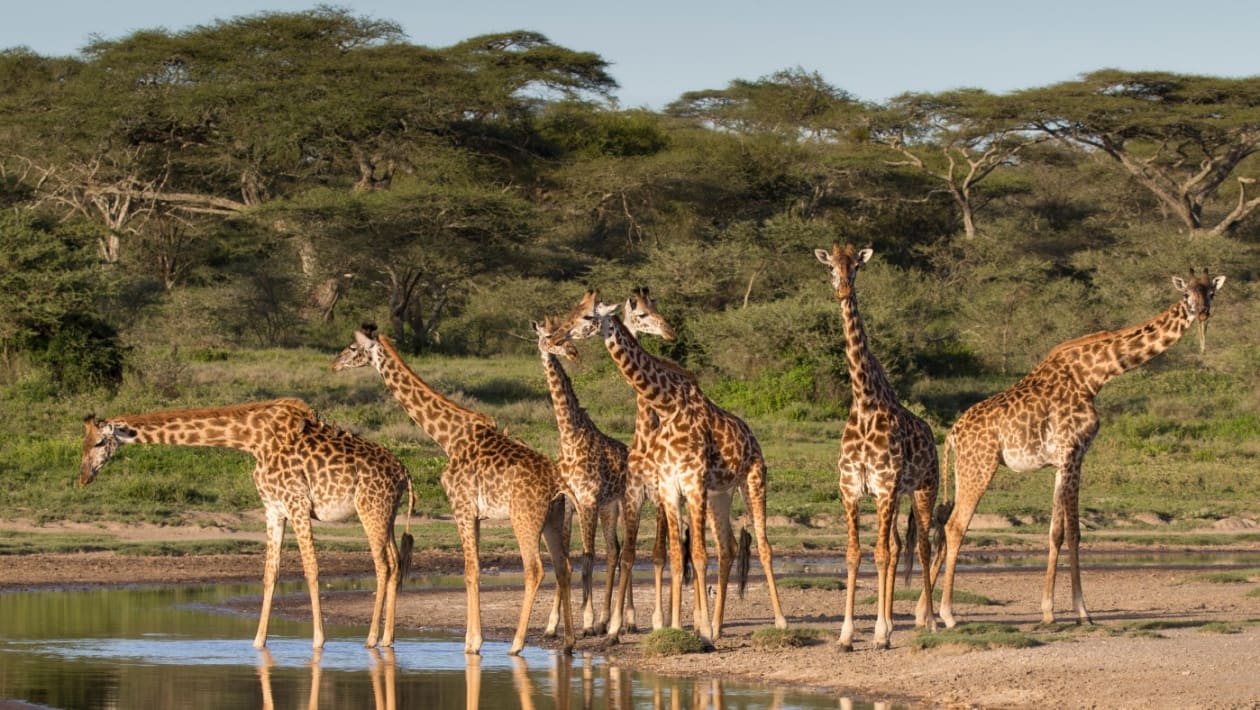
Ugalla River National Park in Tanzania
November 29, 2023Saanane Island National Park Tanzania: A Gem in the Heart of the City
Discovering Saanane Island National Park
Established as a fully-fledged National Park in July 2013, Saanane Island National Park emerges as a unique haven, spanning an area of 2.18 square kilometers and comprising three islets within an aquatic environment. Positioned on the southern part of the main island, this park has etched its place in history as the first-ever national park located within a city and holds the distinction of being the smallest national park in both Tanzania and East Africa.
Exploring the Wildlife of Saanane Island National Park
Saanane Island National Park boasts a diverse array of wildlife, setting a record for its urban location and compact size. The park is home to an assortment of mammals, including Impala, Rock Hyrax, Velvet Monkeys, and Wild Cats. A notable highlight is the presence of the “De-brazas Monkey,” a species exclusively found in this park. Reptiles also thrive in the park, featuring crocodiles, Monitor Lizards, Agama Lizards, Pancake and Leopard Tortoises, and various snake species, including the Python.
The aquatic realm of the park teems with a variety of fisheries life, with Tilapia and Nile Perch being prominent inhabitants.
Geographical Insights into Saanane Island National Park Tanzania
Situated 2 kilometers southwest of Mwanza city center, the park graces the Gulf of Lake Victoria with its presence, marked by coordinates Latitude 2.5 S and Longitude 32 E.
How to get to Saanane Island National Park Tanzania
Accessing Saanane Island National Park is conveniently facilitated by both road and air travel. Visitors can embark on a journey from Dar es Salaam or Kilimanjaro International Airports to Mwanza. Alternatively, road or railway options connect Mwanza City with Arusha, Dar es Salaam, Kigoma, Tabora, and other locations. For those preferring a maritime adventure, ships/vessels provide a route to Mwanza Port from Uganda, Kenya, Bukoba, and neighboring islands.
Upon reaching Mwanza, a brief yet scenic 5-minute boat ride transports visitors from the Park Offices on the mainland to Saanane Island. The Park Offices are conveniently located, offering easy access with a short 15-minute walk from the City Center.
Experiencing Saanane Island: Activities and Delights
Saanane Island beckons visitors with a spectrum of activities, making it an ideal destination for game viewing, bird watching, rock hiking, boat cruises, walking trails, picnics, bush lunches, photography/filming, meditation, and sport fishing. The island also provides a picturesque setting for special occasions such as weddings, engagements, team-building events, family days, and birthdays.
Unraveling the History of Saanane Island
The island derives its name from its former owner, Mzee Saanane Chawandi, a fisherman turned farmer. In the early 1960s, Mzee Saanane voluntarily shifted to another island, facilitating conservation efforts. The Tanzania government assumed ownership in 1964, transforming it into the country’s first government-owned zoo. Initially spanning 0.7 square kilometers, the park expanded to 1.32 square kilometers with the inclusion of two smaller islets, Chankende Kubwa and Chankende Ndogo, in the southern part of the main island. The park’s primary objectives encompass intensive conservation education, wildlife preservation, and providing recreational opportunities for the people of Mwanza.

